Definition: Data governance is the set of policies, processes and roles that ensure data is accurate, secure, consistent and used responsibly across an organization. Good data governance helps companies protect sensitive information, comply with regulations, reduce risk and confusion and build trust in data-driven decision making.
In large companies where different teams and departments work in parallel from each other, keeping dashboards organized and priorities straights can be a nightmare.
Data governance is the solution that will guarantee your data is consistent and reliable all the time.
What Is Data Governance?
Data governance is the framework that transforms inconsistent, messy and chaotic data into a strategic business asset.
You could think of it as having an organized inventory system that allows you to find exactly what you need, when you need it instead of dealing with a warehouse full of unlabelled boxes.
Governance establishes rules like who owns what data sets and how they should be used. The goal of data governance is to help everyone agree on what “good data” looks like across your company.
It’s less concerned with restricting access to data than it is about enabling confident decision making. When everyone in your organization knows the data is clean, compliant, and reliable, teams move faster instead of second-guessing every dashboard and report, or trying to patch errors from
Without governance, you get departments that work with different definitions, gaps in compliance, and leadership that has to make decisions with conflicting information (and no one wants an angry CFO!).
Data governance is about creating a single source of truth that truly deserves the title.
Example
At a large hospital network, different departments handle patient data differently. Oncology tracks patient outcomes in one Electronic Health Record system, while cardiology uses a completely different platform, and outpatient services are still running everything through spreadsheets.
When leadership wants to measure whether or not their new treatment protocol is actually working, they hit a wall. The data exists, but it’s incomplete, inconsistent, and it sometimes tells a completely different story.
But that’s just one headache. Compliance is another one. Some of this data contains Personal Health Information (PHI) that falls under HIPAA protections in the U.S., but there’s no clear documentation around who has access to it or how its being secured. In short, it’s a regulatory nightmare waiting to happen.
With proper data governance, none of this happens. The hospital develops a single, unified definition of patient outcome metrics that everyone uses. People who own data quality and compliance in their business areas - data stewards - get assigned to each department. Access controls are put in place so only authorized staff can consult sensitive information. Then everything gets documented thanks to metadata, data lineage, and more. Every data point can then be traced back to its source system.
The next time hospital administrators evaluate treatments, they’re working with data that’s clean, compliant, and consistent across departments. That translates directly into better clinical decisions and improved patient care.
Types of Data Governance Approaches
There are four basic approaches to data governance which determine how data teams interact with business units and vice versa.
These models vary widely based on a company’s size, structure, industry and internal culture.
- Centralized governance
One single team (usually IT or a dedicated data team) defines all the rules and controls all the data. This creates consistent standards but can be slower to adapt to specific business needs.
Industries like FSI and insurance, healthcare, pharmaceuticals, government agencies, or organizations that prioritize data security and consistency over agility set up centralized governance.
- Federated governance
Individual business units manage their own data while adhering to company-wide standards. In other words, marketing owns marketing data and finance owns financial data, but everyone follows the same quality and security protocols.
This setup is common in large multinational corporations, tech companies with multiple product lines, retail chains with regional operations, or even conglomerates with subsidiaries that operate semi-independently.
These kinds of organizations balance central oversight with business-unit autonomy.
- Decentralized data governance
With this type of approach, each team handles its own data governance.
There is minimal central oversight, so it works better for smaller companies or highly autonomous teams, but might lead to inconsistencies with scale.
A few examples include early-stage startups, orgs with “you build it, you own it” cultures, or consulting firms where teams work individually on client projects.
- Hybrid data governance
Most companies land here. They use centralized standards for mission critical areas like security and compliance, and federated ownership for more day-to-day data operations.
The idea is that the company benefits from the best of both worlds, from consistency where it truly matters to flexibility when specific teams need it.
This is typical of tech companies that must balance innovation with compliance, or orgs with highly regulated and innovative business areas.
Components of a Data Governance Framework
Everyone talks about data governance, but most frameworks fall flat because they focus on the wrong stuff.
In reality, data governance isn’t just about compliance checklists or fancy policies that sit in a drawer. It’s about creating systems that actually work when data gets messy, your team scales, or your business needs answers fast.
Four foundational pillars make this happen: people, process, technology and policy.
1. People
People aren’t just “part of” data governance. They ARE data governance.
You can automate quality checks and document every process, but when something breaks at 2 AM or when a business user needs context that doesn’t exist in your data catalog, only people can bridge the gap.
There are three critical roles in data governance.
Data owners are domain leaders responsible for the business outcome of their data. Beyond signing off on policies, they make sure governance enables their teams to deliver results back to the business.
Data stewards lie between the technical reality of data engineering and business needs, translating data governance policies into day-to-day practice. Data stewards are the ones who make data work when data quality hits a business process.
And lastly, governance committees solve the cross-functional problems that individual teams can’t, making sure that governance evolves with and alongside the business.
In other words, committees set strategy, owners execute in their domains, and stewards make it work on the front lines.
2. Process
Process is where governance is transformed from theory into operations.
Policies are just suggestions without standardized processes. When strong process is put in place, your business has a playbook to scale across teams, ensuring consistency even when people change roles.
Process defines the practical, nitty-gritty:
- Where quality thresholds are enforced and not just documented
- What it takes to define, update, and approve business terms that everyone uses
- When and how audits and compliance checks happen, and what to do with the results
- How data gets classified based on real business impact, sensitivity or regulatory requirements
The goal of process isn’t to slow people down. It’s about creating predictable workflows that make managing and handling data more consistent and compliant across the entire company.
3. Technology
Technology is a force multiplier when it come to governance. It helps you take the rules and processes you’ve defined and makes them work across thousands of data sets, millions of records, and multiple teams.
A strong governance stack might include:
- Data catalogs that don’t just store metadata but assist people in finding and trusting the data they need
- Data quality platforms that catch issues before they hit business processes
- Data observability tools like Sifflet that proactively monitor pipelines and flag problems before users notice them downstream
- AI and ML capabilities that classify sensitive data, detect anomalies, and enforce access controls automatically
The goal of technology is not to replace human judgement, but to amplify it. Best-in-class governance tools give your teams better visibility and faster feedback loops so they can make smarter decisions.
4. Policy
Policy is the foundation for everything else. These are the standards that guide how data get created, used, shared and protected across your company.
Most companies get these wrong in one key way, though: they craft academic documents in legalese that nobody reads.
Policies need to be practical guidelines that help teams make decisions in real world business situations.
Core data policies should cover:
- Data classification, retention, and access control: who can see what and for how long
- Data usage, handling, and sharing standards: what’s OK to do with different types of data
- Data lineage and provenance requirements: how to track where data comes from and where it goes
- Quality thresholds, validation rules, and metadata criteria: what “good” actually means for different use cases
Pro Tip: Write policy in plain language that both technical and business teams can understand. If a data scientist and a marketing manager can’t both follow the same policy, it’s not written clearly enough.
Data governance is about allowing better business outcomes through reliable data, not about perfect compliance.
If you get your people structure right, operationalize your processes, leverage technology to scale your governance, and create policies to guide real decision making, you’ll have governance that grows your business instead of slowing it down.
How to Implement Data Governance
Data governance isn’t a project you complete or a policy you write and forget about. It’s a living system that gets stronger the more you use it, and it operates on a continuous cycle.
You can set up your data governance strategy with 5 simple steps.
Step 1: Set your standards
Governance starts here.
At this stage, most teams get caught up looking for theoretical perfection instead of practical clarity.
To build a truly useful governance framework, it is important to asses your teams’ real pain points and the problems you need to address.
You will need to talk to your teams about their current workflows and where they are finding issues and bottlenecks.
Take a look at where things break down technically and analyze how fixing these problems will impact all teams.
There are a few questions that will help you know where to start:
- What constitutes "customer data"?
Beyond what’s in your CRM, where does customer information life?
This might be your marketing automation platform, support tickets, payment systems or even logs that capture user behavior. Gray areas kill governance, so get specific.
- How fresh does financial reporting data need to be?
“As current as possible” is too vague to cut it.
At this stage, it helps to think about how your business operates and important reporting intervals. This might mean real-time for trading decisions, daily for management reporting, or monthly for board presentations.
Your governance framework should reflect different use cases that require different standards.
- What are the access requirements for different sensitivity levels?
“Public, internal, confidential” is overly simplistic.
This means understanding that PII from your European customers has different privacy requirements than, say, internal sales forecasts or even public product usage metrics.
Perfect taxonomy is not the end goal. Rather, the main objective is to create clarity that helps your teams make good decisions while doing their actual work.
Step 2: Implement your policies
Governance proves its worth through implementation. This is where the gap between “we have a policy” and “our policy actually works” is closed.
How do you know if you’ve implemented governance well?
The litmus test is simple: teams follow policy because it makes their jobs easier, not just because compliance says they have to.
Here’s how to achieve it:
- Set up access controls that make sense
Your data scientists shouldn’t have to file a JIRA ticket every time they want to explore a new dataset.
Likewise, interns shouldn’t accidentally stumble into customer payment data. Good access controls are seamless. They feel invisible when working well and obvious when they’re needed.
- Implement data quality checks to catch real problems
Business context, business context, business context.
Don’t just check for technical data quality such as “nulls” or “voids”, but create systems that “flag when customer acquisition costs spike 40% week-over-week” or “alert when geographic data doesn’t match known postal codes.”
Your quality checks should align to how your business actually operates, not just your data structure.
- Train teams on proper data handling
The key is to make training relevant to their jobs. Your marketing team might not need to understand database indexing, but they definitely need to know why they can’t export a customer list for a conference booth without checking retention settings first.
- Assign ownership to people, not departments
When everyone owns something, nobody owns it. When specific individuals own specific outcomes, accountability becomes real and personal.
Step 3: Choose your technology
Use technology that automates governance tasks to avoid error-prone manual processes.
Metadata catalogs, data cleansing tools, and data lineage tracking provide more clean and compliant data that operations and analytics depend on.
Interoperability is also critical when selecting governance tools.
Manual data governance is like manual testing…it works until it doesn't, then fails spectacularly.
- Automate governance tasks that don't require human judgment
Data classification, lineage tracking, quality monitoring, access logging. These shouldn't depend on people remembering procedures.
- Choose tools that integrate with existing workflows
Your governance platform shouldn't require logging into another system. It should plug into existing workflows and make them better.
- Look for platforms that understand modern data operations
Tools like Sifflet provide real-time observability that prevents governance issues before they become business problems. They automate quality checks and policy enforcement so teams focus on using data, not managing it.
- Prioritize interoperability over feature lists
The best governance tool works seamlessly with your existing data platform. Integration beats isolation every time.
Step 4: Monitor important KPIs
First of all, monitoring everything might not work, establish what KPIs are actually important.
For example, track KPIs that connect to business outcomes, such as the time it takes team members to access the data they need, or how quickly you can trace quality issues to their source.
Monitoring isn’t simply about compliance reporting. Solid monitoring helps you understand what’s really happening with your data, so you can fix issues before they become bigger business problems.
Done well, monitoring feels like a GPs system that not only tells you where you are, but predicts traffic jams before you hit them.
A few tips:
- Track compliance, but focus on leading indicators
Measuring the “percentage of datasets with documentation” is important, but it’s even more important to understand the “percentage of business users who can find the data they need without asking for help.”
The first is a governance metric, while the second is a business outcome.
- Monitor data health continuously
It’s important to meet data quality standards.
More importantly, though…Are quality issues caught before they hit customer facing reports? Is sensitive data being accessed appropriately? Are people able to do their jobs without jumping through unnecessary hoops?
- Watch for patterns that signal bigger issues
If the same datasets keep failing quality checks, that’s not a data problem, it’s a process problem.
Similarly, if access requests spike for specific data sources, that might mean changing business needs that your governance framework needs to accommodate.
Step 5: Fix issues without breaking the flow
Enforcement focuses on maintaining the integrity of your data system while keeping business operations flowing.
The goal is to maintain standards without creating friction that encourages teams to work around your governance framework.
To fix issues without breaking flow:
- Address violations promptly while focusing on root causes
If someone bypasses access policies, figure out why they did it.
Was the approval process too slow? Or did they not understand the right way to request access? Fixing symptoms only gets you so far if you don’t get to root cause.
- Make corrective action feel collaborative
When data quality drops, work with the responsible team to understand why and what changed.
Was there a new data source? Resource constraints? Your enforcement response should help solve the underling problem, not just flag the issue.
- Build scalable enforcement
It’s impossible to manually review every data access decision or quality check.
Automation helps catch the obvious stuff so human judgment can be applied to complex situations that require context.
Finally, don’t forget to evolve with your data. Adapt your policies when you need and make sure you analyze issues in depth so you can learn from them.
Benefits of Data Governance
Data governance gets a bad rap, but when done right, it delivers enterprise value that goes way beyond checking regulatory boxes.
- You get data you can actually trust
Standardized quality thresholds eliminate the bottlenecks that slow down operations and analytics teams.
No more spending hours verifying if customer acquisition numbers include trial users or wondering if revenue data matches what finance reported last quarter. Quality controls reduce data errors, improve reporting accuracy, and protect AI models from biased data that causes drift.
- Your teams stop duplicating work
Standardized workflows, shared documentation, and clear ownership prevent teams from reinventing the wheel.
Marketing stops cleaning the same customer dataset that sales already transformed last week. Engineering stops building data pipelines that analytics already created. When manual processes get automated, your technical teams can focus on strategic projects instead of routine maintenance.
- Compliance becomes manageable
Governance controls over data access and handling support GDPR, HIPAA, CCPA, and SOX requirements without paralyzing your operations.
Data lineage tracking and observability platforms make audit preparation swift instead of stressful. When regulators come calling or breaches happen, you respond with confidence instead of scrambling to piece together what went wrong.
Why Implement Data Governance?
The four pillars of data governance, people, processes, technology, and policy, come together to:
- Include team members in the design, implementation, and operation of your strategy
- Create standard, repeatable processes
- Choose tools that support governance automation and data observability for monitoring data health, quality, and problem resolution
- Write policies using plain language that everyone can understand
Data governance will increase your data quality exponentially and help your business grow.
Start small, target your efforts on a single technical challenge or business objective, and iterate from there.
With the right foundation, data governance offers business value above and beyond compliance.




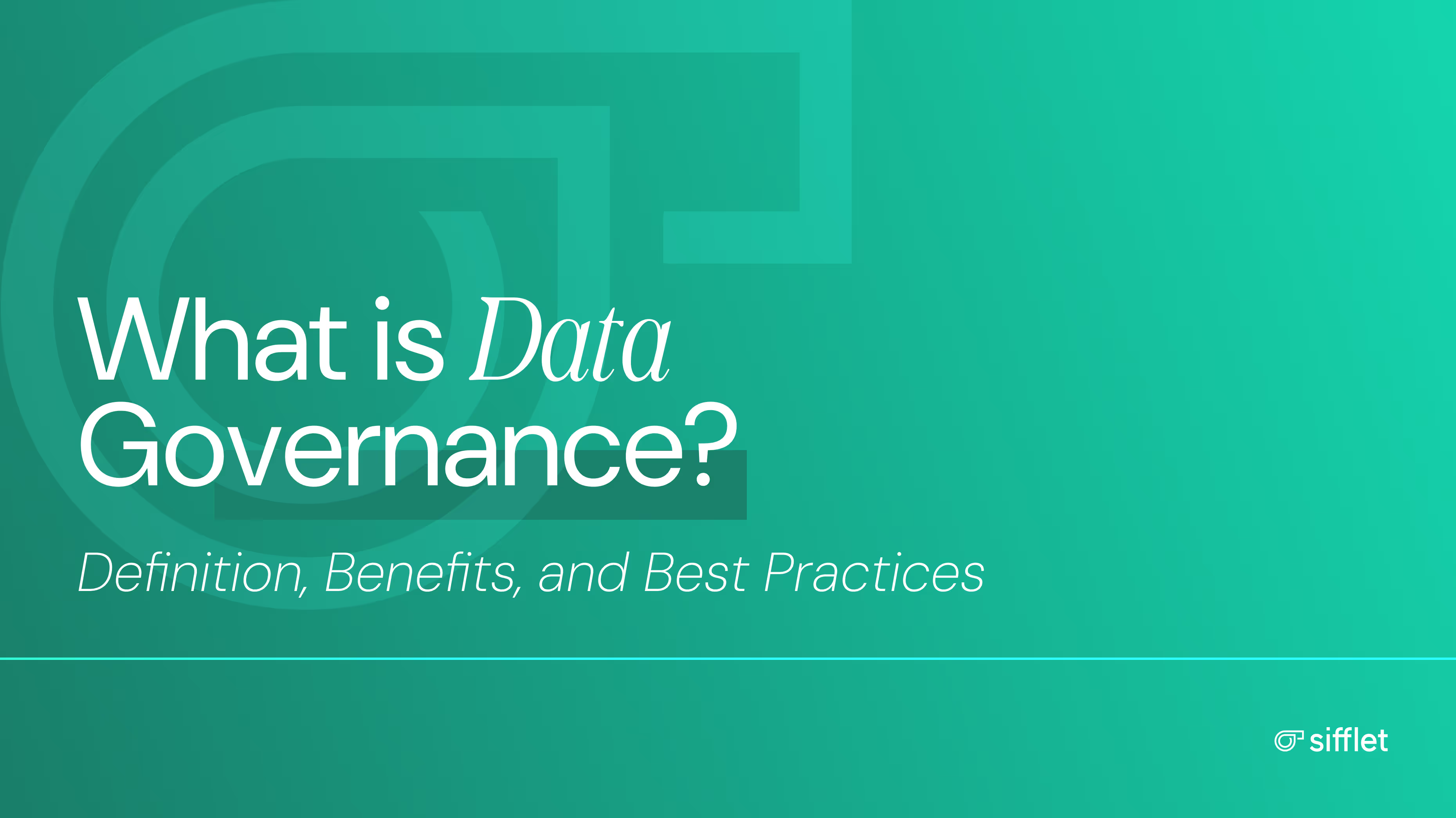
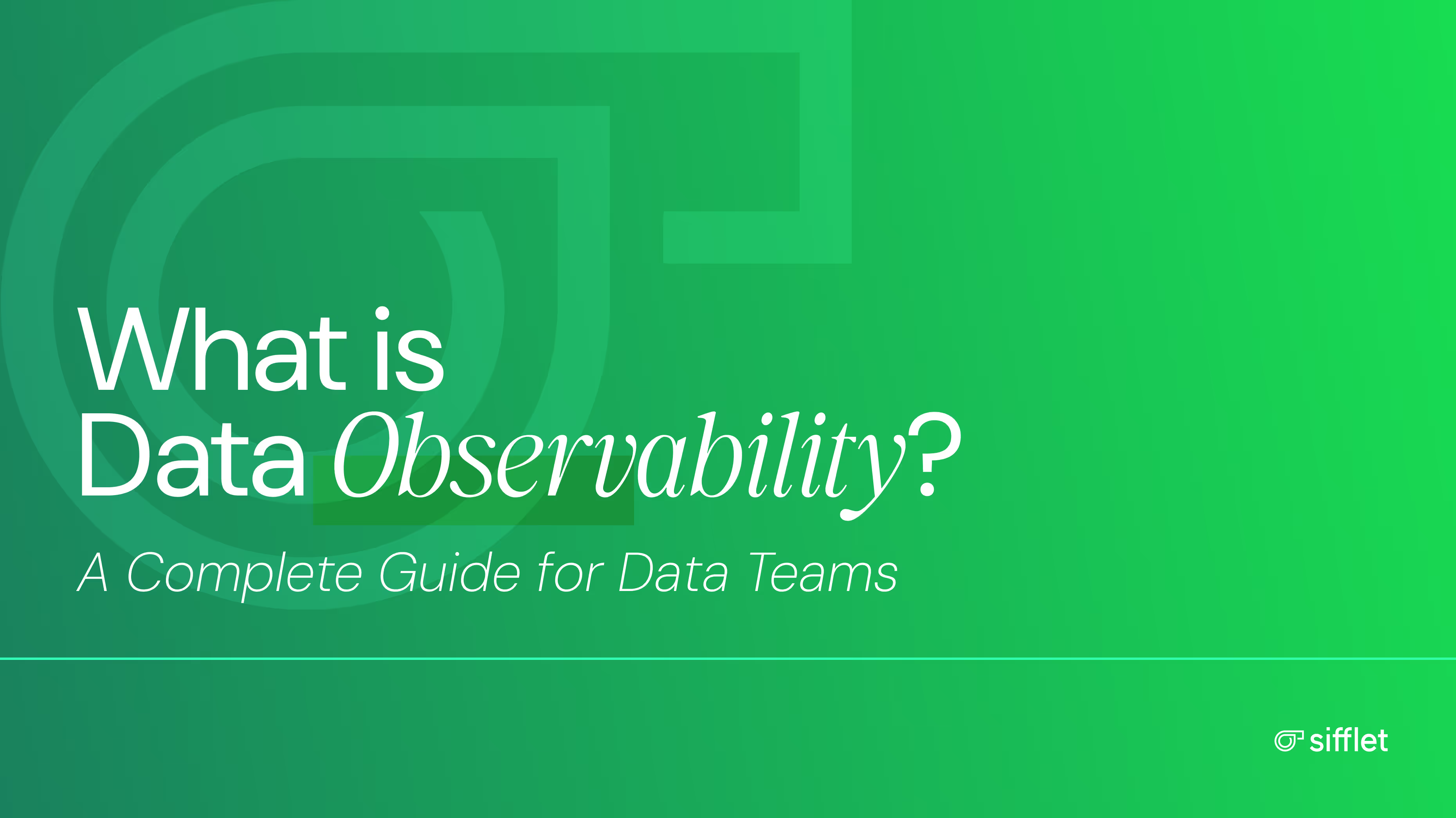

%2520copy%2520(3).avif)
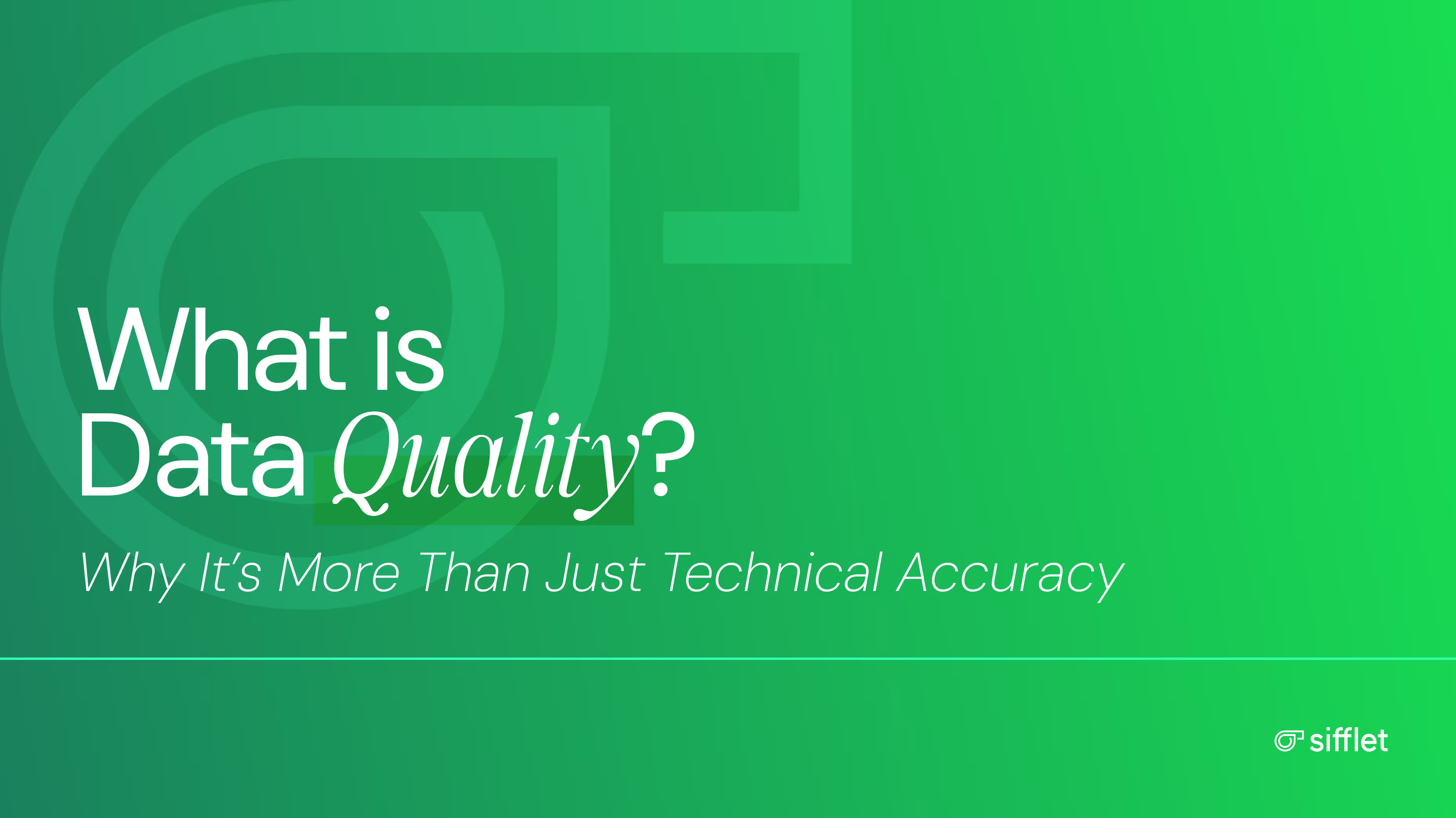

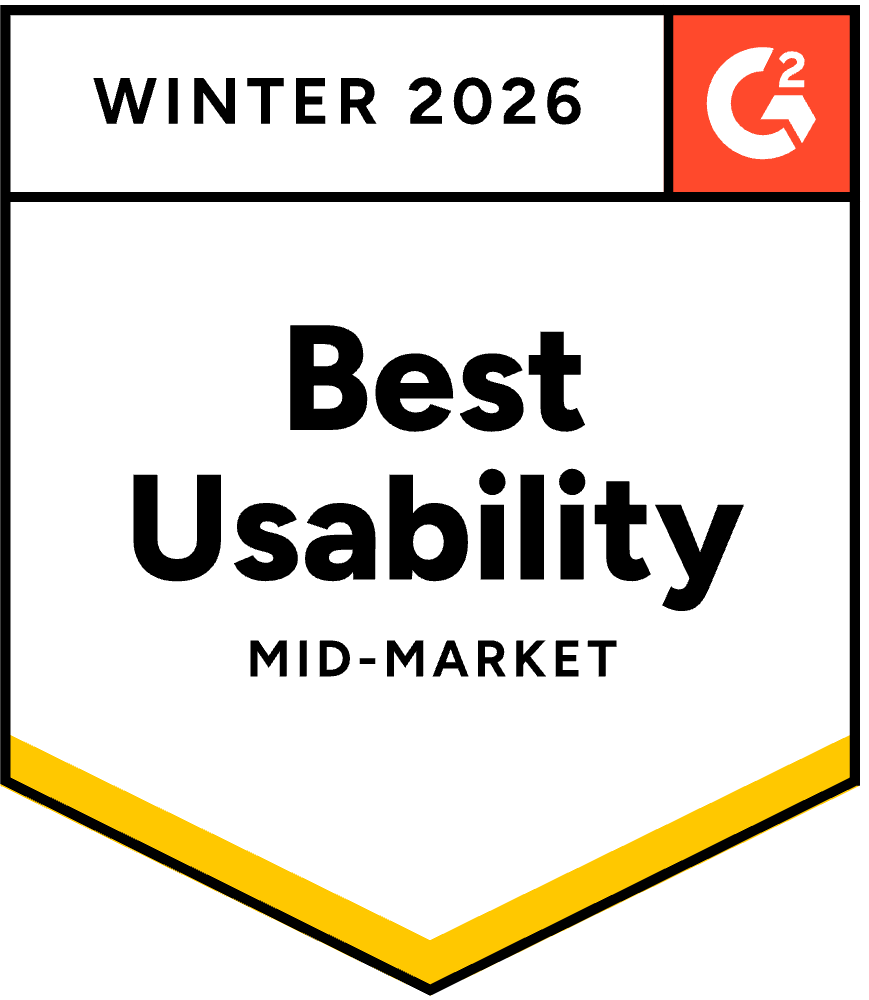




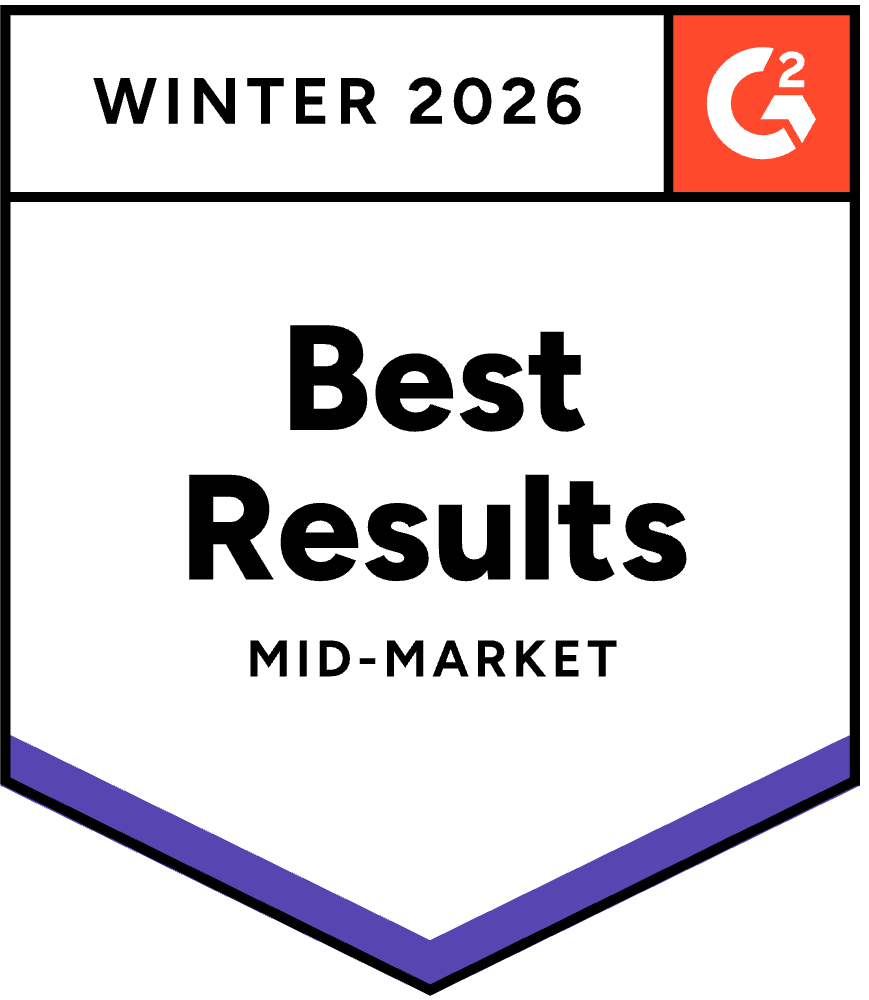






-p-500.png)
